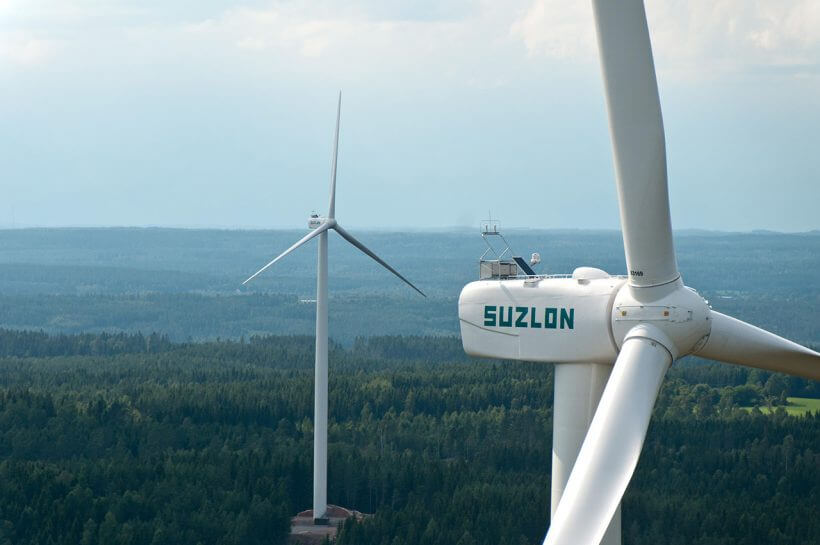Andra Pradesh project activity has been undertaken to harness the available wind power potential in the State of Andhra Pradesh. The project activity will install and operate 2 Suzlon for a total installed capacity of 4.2 MW. The project will generate approximately 8462MWh of electricity per annum, which will be sold to Andhra Pradesh State Electricity Boards.
The project activity will help in green house gas (GHG) emission reduction by using renewable resources (wind energy) for generating power which otherwise would have been generated using grid mix power plants, which is dominated by fossil fuel based thermal power plants. The average annual generated energy of 8462 MWh of renewable energy, which allows a reduction in emissions of around 8,152 tCO2e per annum.
IMPACTS
Environmental
- Reduction of the greenhouse gas emissions generated in the production of electricity by means of fossil fuel burning. The energy generated from coal burning is replaced by wind power electricity.
- Reduction of the negative impacts associated to the emission of greenhouse gas emissions and contribution to the economic and social development of the region.
Social
- Increase of the land values in the site where the project is located. Settings up of wind farms require large area which enables to appreciate the land values which would otherwise command extremely low prices more because most of these lands are unproductive.
- Opening up of employment opportunities: The project is located in rural India, where there is a limited number of job opportunities for qualified and educated youth. The project created many employment opportunities for local and non-local during its construction and operations phase. (Objective SDG no: 8)
- Improvement of availability of electricity, because the generated electricity is fed into the Western Region Grid through the local grid. The frequency and availability of electricity has improved, as before it used to be cut regularly, and has offered to the local consumers (villagers and sub-urban habitants) new opportunities for industries and economic activities resulting in greater local employment, ultimately leading to overall development.
- Sensitization courses in the schools of the region. The project developer gives lessons on various topics including deforestation, water use, energy use.
More information:



